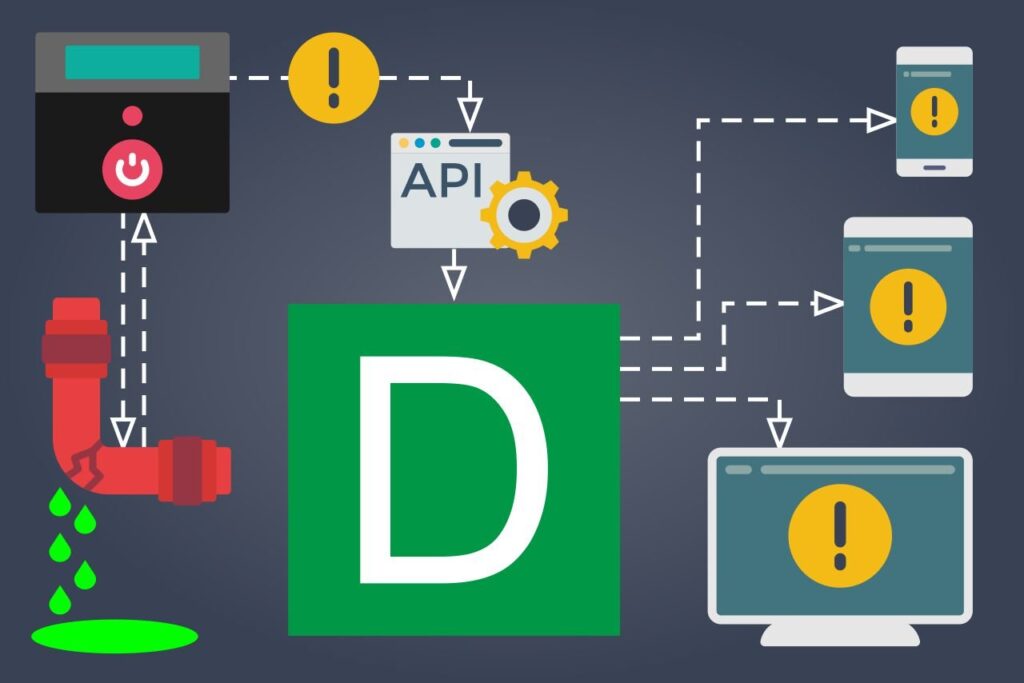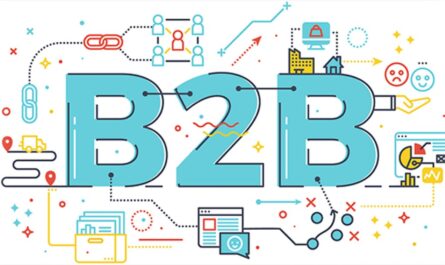As a business, you must stay on top of your data. Automated alerts are an effective tool to help you monitor your data and ensure everything is running smoothly. In this blog post, we’ll explore several steps needed to implement automated alerts for data monitoring.
Page Contents
What Are Automated Alerts For Data Monitoring?
Automated alerts for data monitoring are a useful tool that helps organizations monitor their data performance. These alerts can serve as an early warning system to alert managers of irregularities and help them quickly identify risks or potential issues. This automated notification makes it much easier to keep track of large amounts of data, as messages can be sent to multiple departments depending on the type of data being monitored. Additionally, automated alerts can provide valuable insight into overall performance trends that may be harder to spot without the help of an alert system.
The benefits of automated alert systems are vast; they allow organizations to save time by eliminating manual checks and reduce the risk of missing potential inconsistencies in data sets. Moreover, automated alerts can act as proactive reminders to stay consistent with regular maintenance and servicing activities related to data monitoring systems.
By leveraging this technology, organizations can better monitor their datasets and ensure reliable information about their operations. In addition, automated alerts can be used for collaborative purposes, such as setting up team-wide notification systems when key metrics change from one period to another. Hence, everyone is up-to-date with essential changes in data performance within the organization.
Step 1: Identify The Data You Want To Monitor

The first step in implementing automated alerts is identifying the data you want to monitor. You can also utilize data pipeline observability tools to increase efficiency. Once you’ve identified the data points that need monitoring, you can start setting up the alerts. Important metrics include data accuracy, performance trends, and unusual activity. These metrics can help you identify potential issues before they become a significant problems.
Step 2: Set Thresholds For Your Alerts
Setting thresholds for automated alerts is a crucial step to effectively monitoring data. Thresholds are the pre-defined conditions the user prescribes to generate a signal when it reaches the set numerical value. Determining appropriate thresholds to serve as a benchmark and effectively identify outliers is essential.
Setting thresholds will help you discover opportunities and risks, staying ahead of increasing market competition. With adequate threshold settings, you can identify potential anomalies in real time and minimize disruptions caused by minor fluctuations in data with more accurate alerts that better reflect your desired parameters.
Step 3: Decide How to Receive Notifications

Automated alert notifications for data monitoring are essential to monitoring and predicting changes in large datasets. When considering how to receive alert notifications, it is vital to select a method that is both secure and reliable. Notifying stakeholders using email or text messages might be appropriate, depending on the company’s operational preferences.
Furthermore, these messages should contain all the relevant details of the alert, such as an explanation of what triggered it, the outcome or result of the alert’s triggering, and any necessary next steps.
Setting up multiple notification channels for critical alerts where time is paramount can help decrease response times. Finally, consider any privacy regulations that require secure methods when sending private information through different mediums to ensure compliance with applicable laws.
Step 4: Set Up Automation For Your Alerts
Once done with steps one to three, it’s time to automate your alerts! Many tools can help with this process, which makes it easy to connect different applications and trigger automatic actions based on meeting specific conditions.
It’s important to note that automation does not mean neglecting your data monitoring—it simply means streamlining the process so that it doesn’t require manual intervention every time it needs to send out an alert.
Step 5: Monitor Your Data Regularly To Ensure Everything Is Running Smoothly

Finally, after automating alerts, monitoring your data is essential to ensure everything runs smoothly regularly. Doing this means watching for any anomalies or unexpected behavior in your data that could indicate a problem with one of your systems or processes.
Monitoring your data ensures that your team is constantly updated about any changes and allows for a timely response should any unforeseen problems arise. An alert automation system needs to be tailored according to each organization’s requirements, incorporating a range of parameters such as network activity, user behavior, and risk management policies.
By implementing an automated alert system, organizations can improve their efficiency in handling data incidents and threats while reducing costs associated with manual oversight.
When Should You Use Automated Data Monitoring?
Automated data monitoring is a great way to automate processes and improve efficiency while ensuring your data is safe. It’s especially beneficial for organizations with large datasets or multiple sources of information. Automating alerts can help you quickly identify any anomalies or potential risks before they become an issue and give you more control over how your data is monitored and who has access to it.
Learning More About Automated Data Monitoring
Organizations can benefit from automated data monitoring to ensure their data is secure and accurate. It is essential to consider the criteria for setting up thresholds, determine how you will receive alerts, set up automation for your signs, and monitor your data regularly. With the proper setup, organizations can more efficiently identify any changes or anomalies in their data and take the appropriate action. For more information, contact a qualified data monitoring expert who can help you tailor an automated alert system to suit your needs.
Final Thoughts
Implementing automated alerts for data monitoring is essential if you want to stay on top of your business operations and ensure everything is running smoothly at all times! From utilizing data pipeline observability tools to regularly monitoring your data, these provide an overview of the process required to automate your alerts. Following these steps will help ensure automated alert implementation is successful! So what are you waiting for? Get started today!






